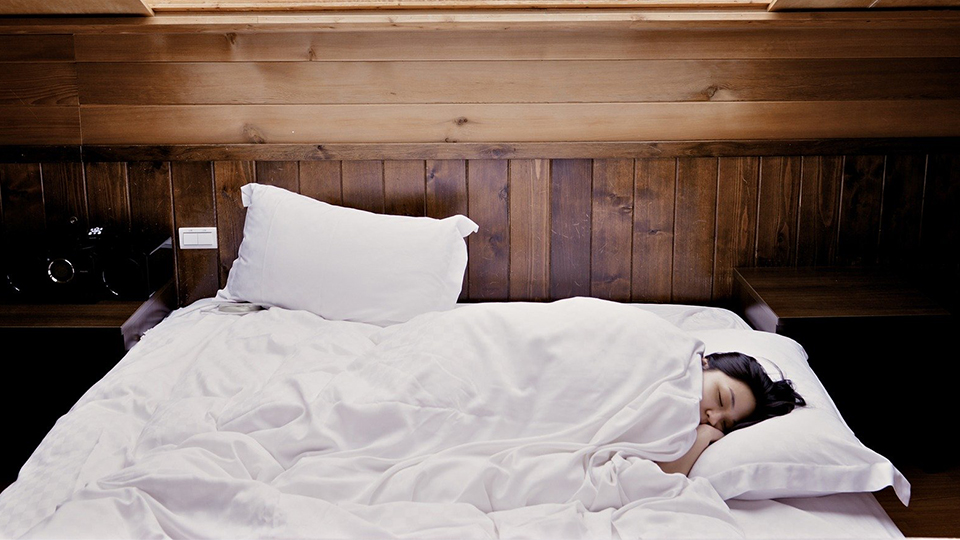Hitting the sweet spot: A solution for inadequate adolescent sleep
Published: 22 Jul 2020

Adolescents in academically competitive societies often fail to obtain adequate sleep on school-day nights – 85% of secondary schools students from top schools in Singapore obtain less than the 8 hours of nocturnal sleep recommended by the US National Sleep Foundation, and average, only 6.5 hours a night on weekdays. Staying up late to study, coupled with early school start times are deeply entrenched societal norms.
In prior work, we showed successive nights of 6.5 hours of nocturnal sleep is not enough, giving rise to degraded vigilance, short and long-term memory, and positive mood.
Researchers from the NUS Yong Loo Lin School of Medicine and Duke-NUS Medical School have now found a sleep schedule which students could adopt to fulfil sleep requirements while being socially acceptable: a 1.5 hour mid-afternoon nap added to 6.5 hours of nocturnal sleep, will achieve 8 hours in total across 24 hours.
The quasi-laboratory study evaluated 53 adolescents who were split into two groups – one group slept 8 hours continuously at night, while the other split the 8 hours into 6.5 hours at night and a 1.5-hour afternoon nap. It was found that adolescents on the split sleep schedule showed comparable vigilance, working memory, speed of processing and mood compared to those who slept the entire 8 hours at night.
“Prior to modern ‘advancements’, taking a mid-afternoon nap was common in East Asia. Ironically, it may take 21st Century ‘rediscovery’ to restore a practice that might well have been discovered through empirical means centuries ago”, reflected the study’s principal investigator Professor Michael Chee, Director of the Centre for Sleep and Cognition at NUS Medicine.
This study was recently published in the leading journal Sleep, and is the fifth in the series of ‘Need for Sleep’ studies that evaluated adolescents’ sleep and cognitive performance across different sleep schedules in a simulated school-term. Read more about this study and the series in the press release here.
News Coverage

